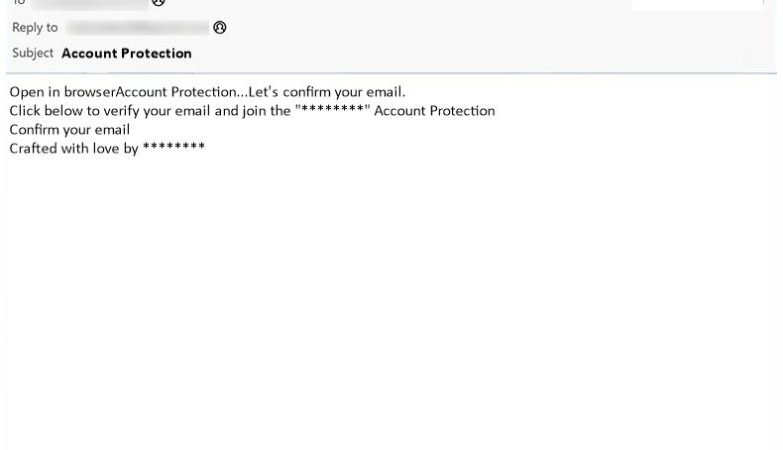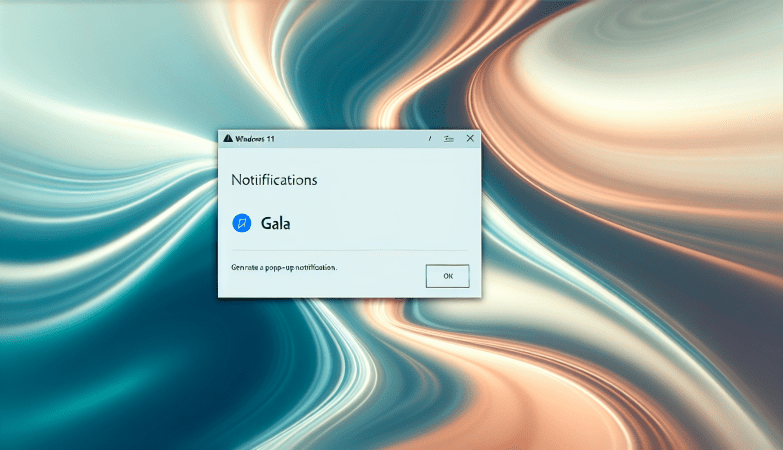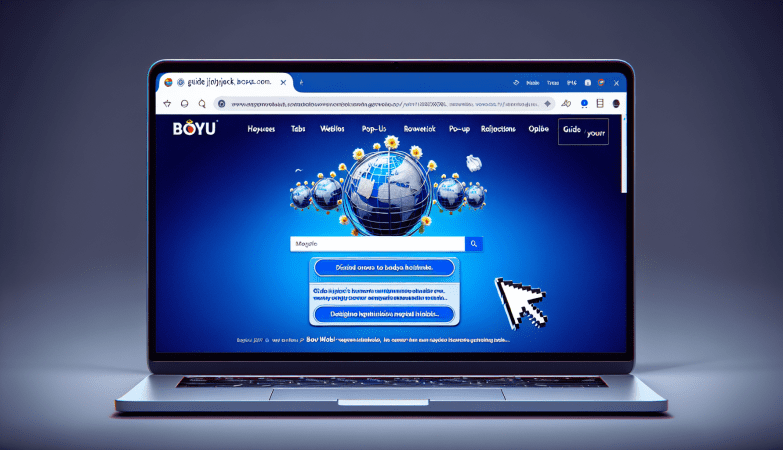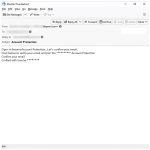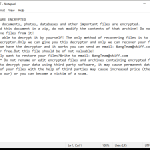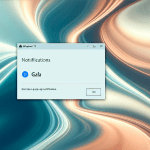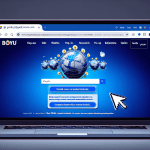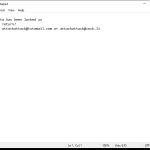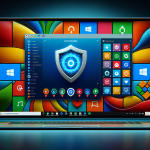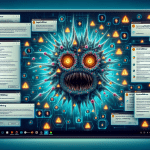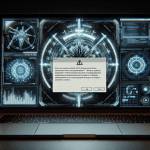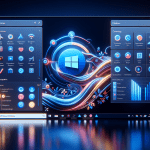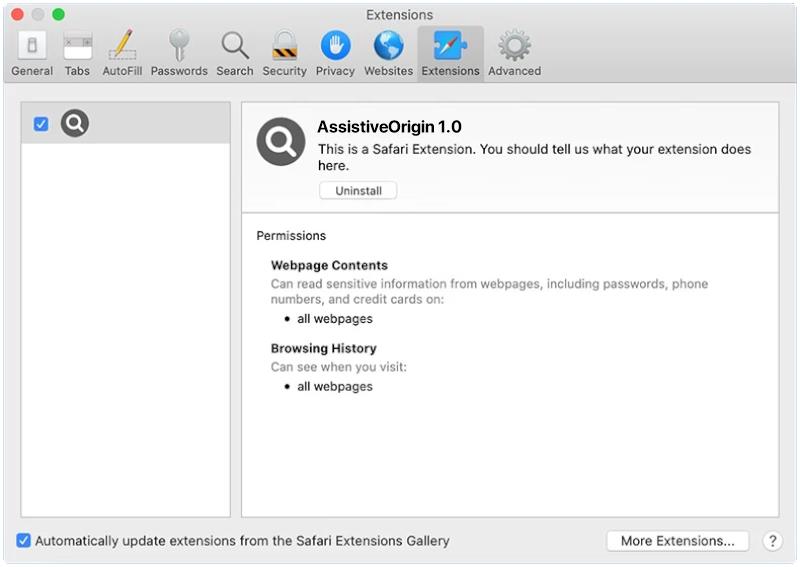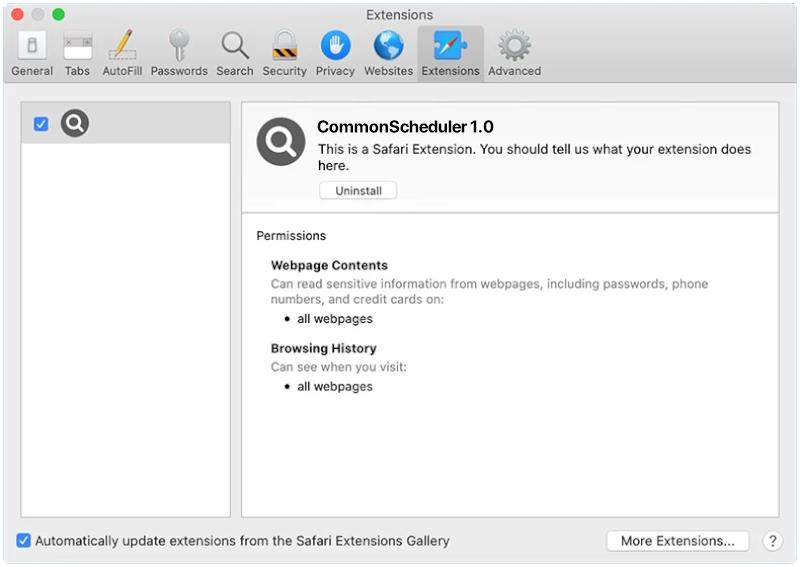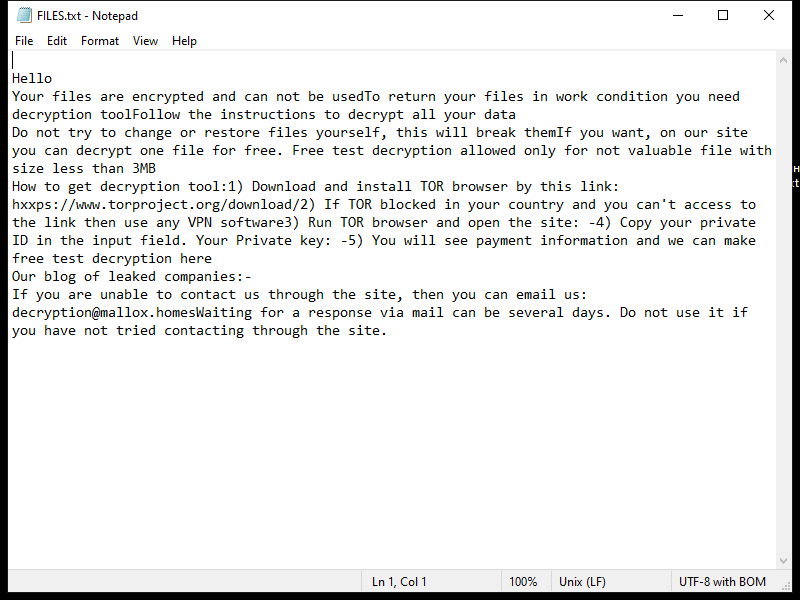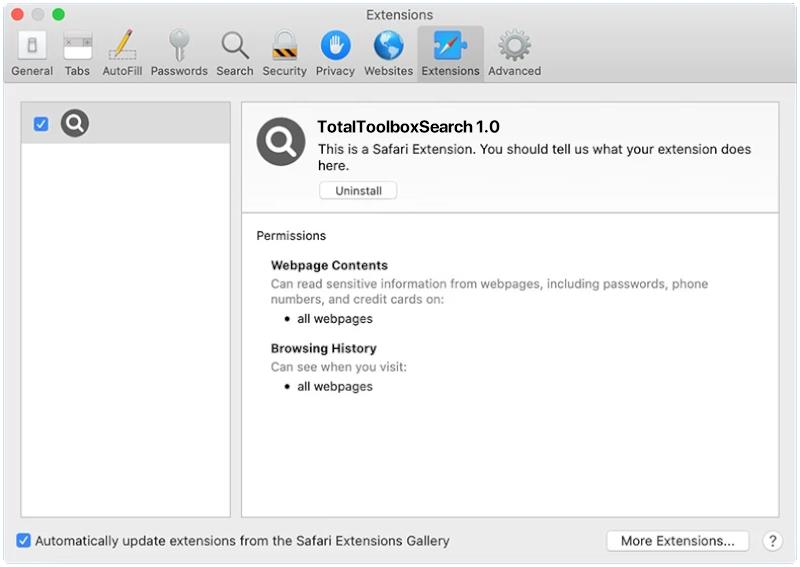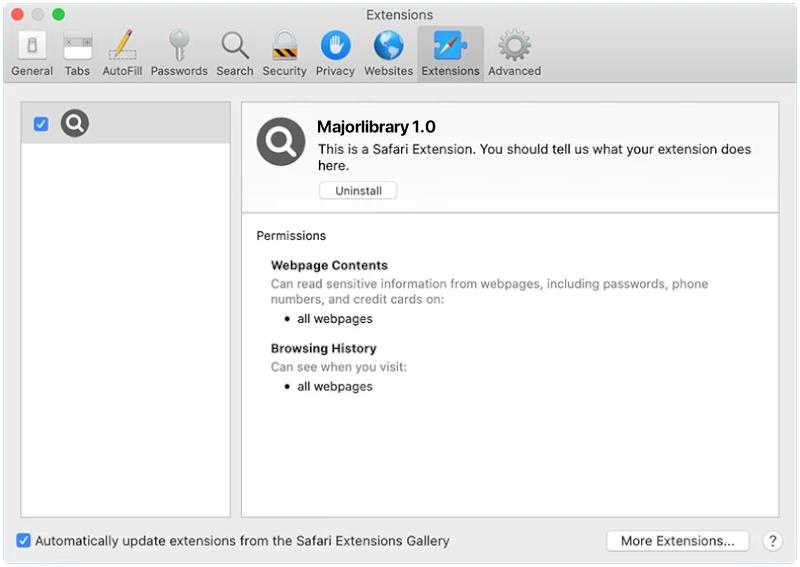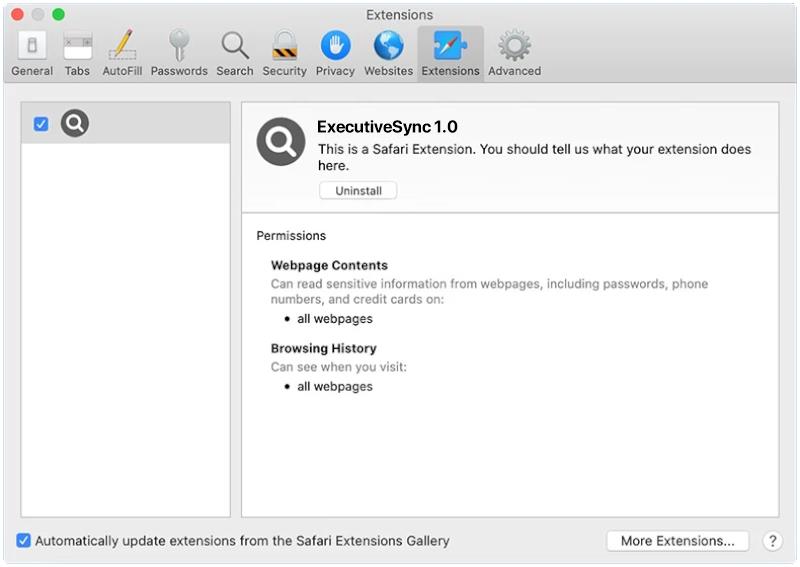How to remove AssistiveOrigin (Mac)
AssistiveOrigin is a type of malware that primarily targets Mac operating systems. It is designed to infiltrate the system and perform malicious activities without the user’s knowledge or consent. AssistiveOrigin typically spreads through deceptive methods, such as fake software updates, malicious email attachments, or compromised websites.
Once AssistiveOrigin infects a Mac system, it can execute various harmful activities, such as stealing sensitive information, monitoring user activities, installing additional malware, or causing system instability. This malware can also create backdoors for cybercriminals to remotely access the infected system and carry out further malicious actions. To protect Mac devices from AssistiveOrigin and other malware threats, users should be cautious when downloading software, avoid clicking on suspicious links or attachments, and regularly update their security software.

